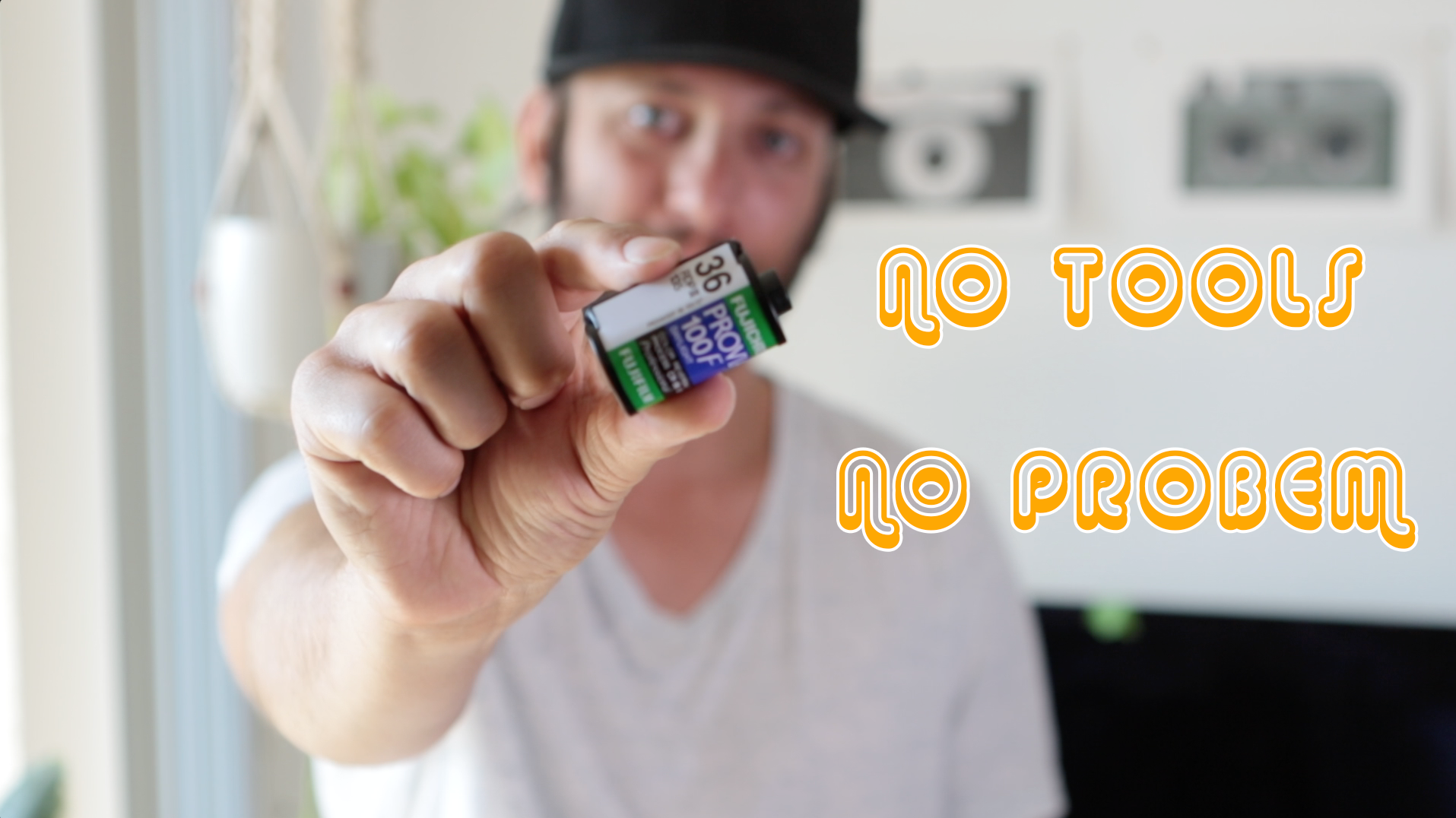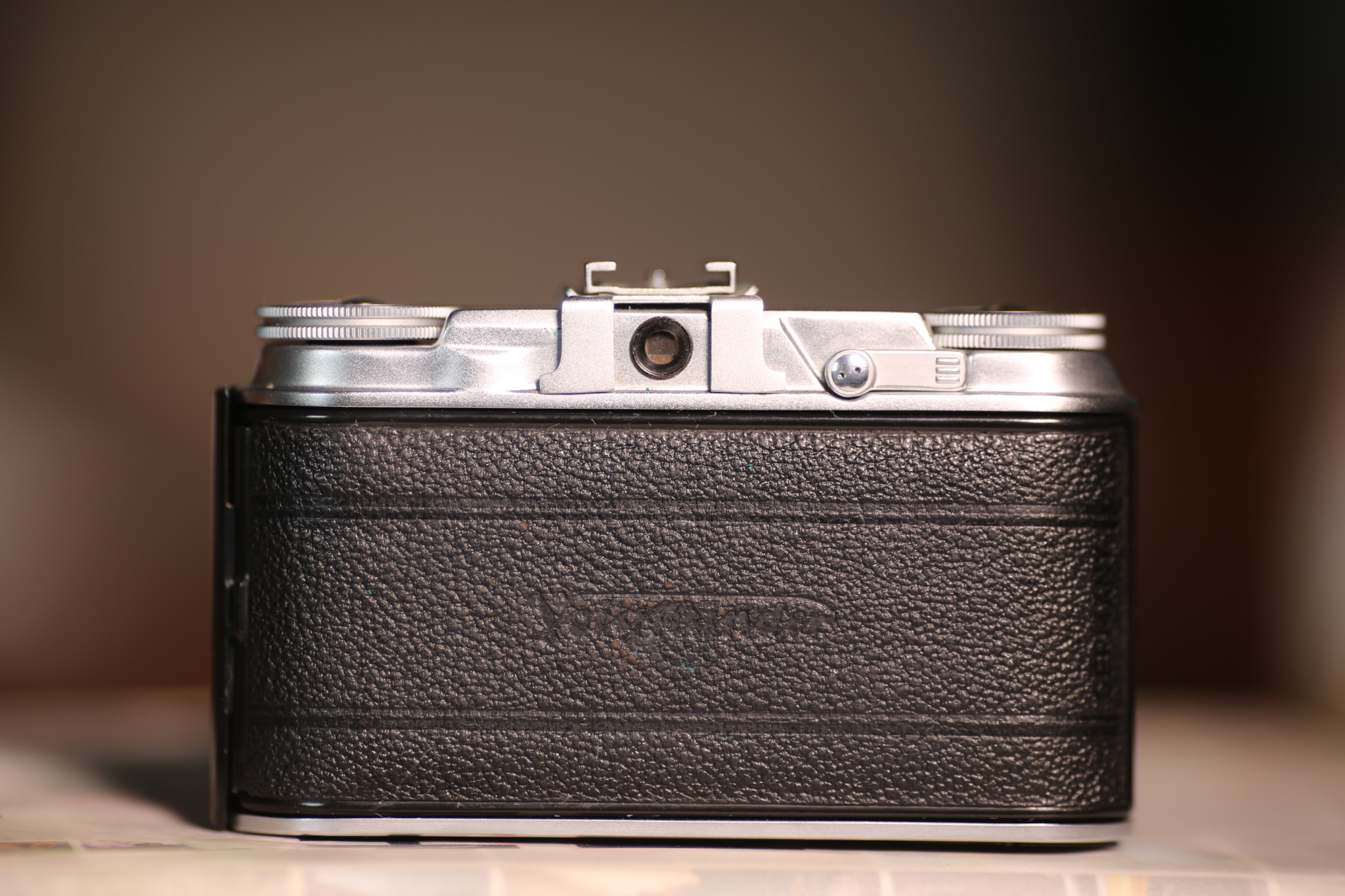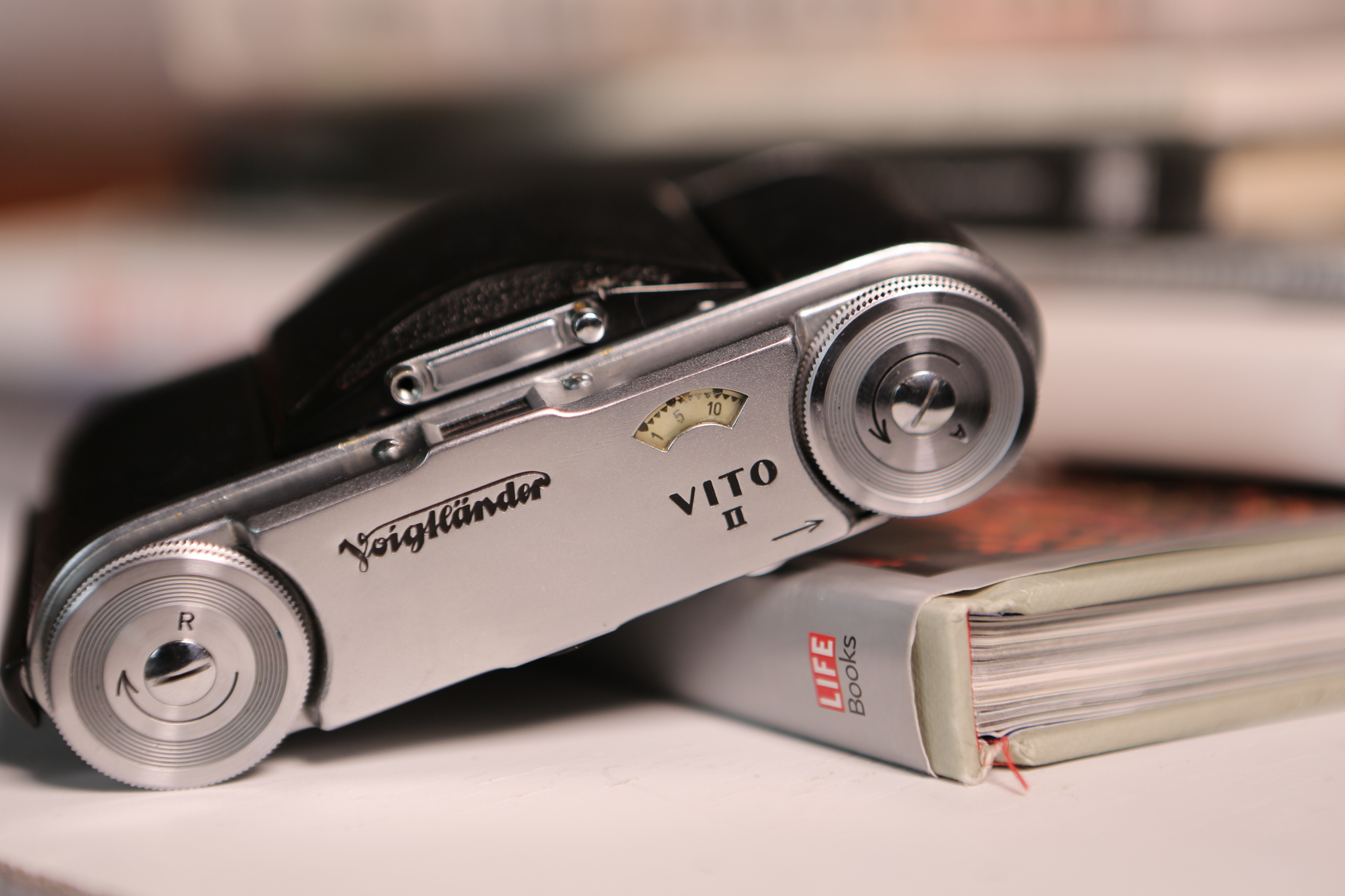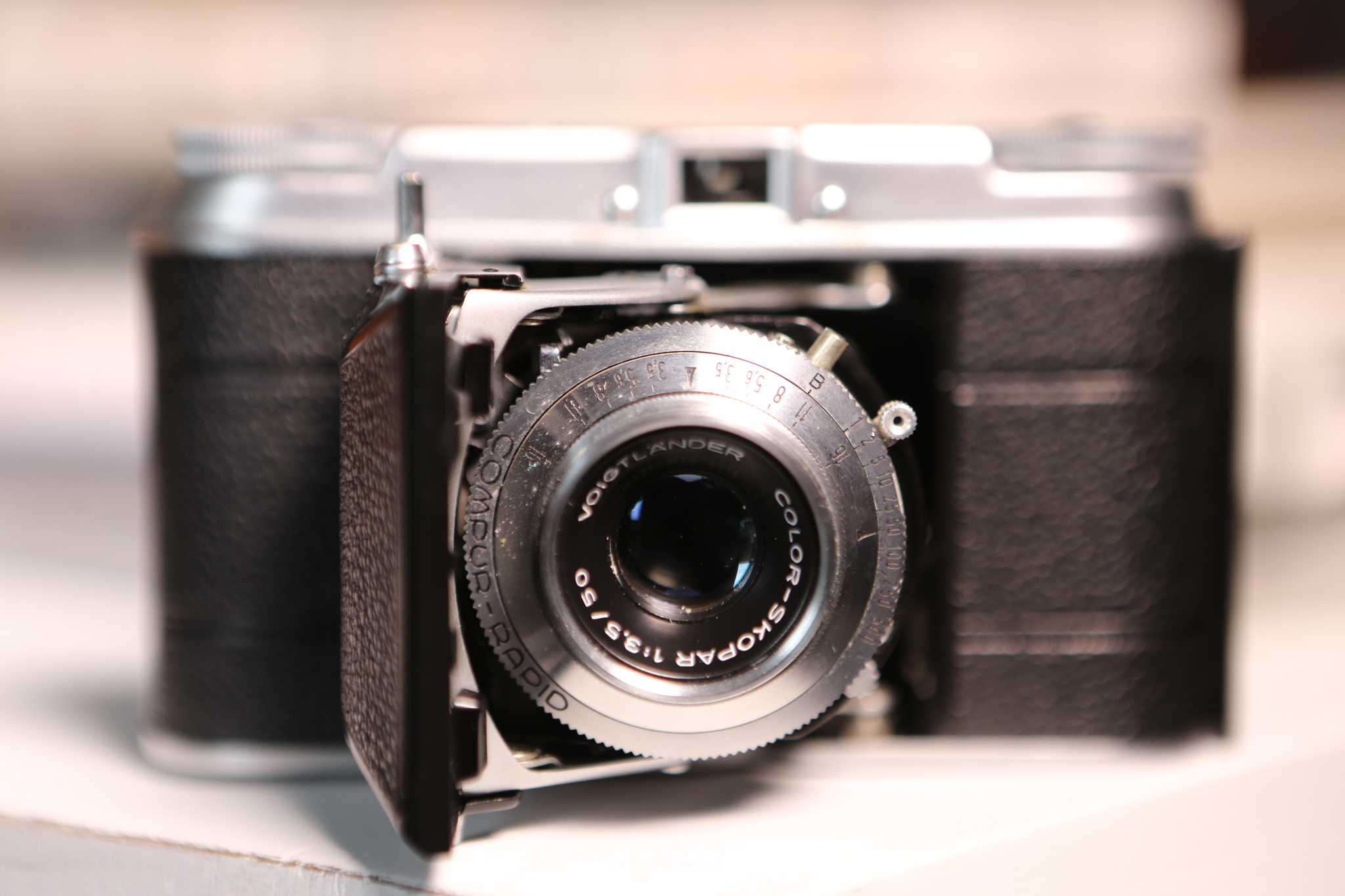Below are 5 of my most advanced event photography tips. I have developed these tips and methods for over 10 years, shooting events in Los Angeles. I hope they help you on your own journey as an event photographer.
#1 Pre-select your focal point for a faster shooting experience at events.
Use your focus point controller to pre-select where your point of focus will be prior to the viewfinder reaching your eye. Keep in mind that this will require you to first develop the ability to first pre-visualize your composition prior to looking through your viewfinder. With practice this becomes intuitive. I learned this tips through repetition, after shooting hundreds of events in Los Angeles. With time, you will find yourself automatically adjusting your focus point while lifting the camera to your eye.
Although Prime lenses can be seen as less versatile for event photography, their set field of view actually makes pre-visualizing your composition easier. In time, prime lenses can be used nearly as effectively as zoom lenses. With practice you will intuitively know how many steps forward or backward you need to take in order to match the pre-visualized image in your head, all while having their own unique benefits such as reduced weight, faster apertures, and of course that guaranteed field of view already discussed.
Update:
New technology seen in mirrorless cameras may outdate this method of shooting. As face and eye detect technology improve, setting your focus point may in part become a thing of the past.
#2 Shoot with both eyes for maximum event photography coverage.
While one eye frames your shot, use your other eye to monitor the action.
Doing so improves your timing as you’re no longer viewing what’s in front of you through the tunnel of your viewfinder. Additionally you are able to monitor the space for other potential images. This will help maximize your coverage of an event. Remember, when it comes to event photography, your goal should always be to provide more coverage, not more images for the sake of more images.
Update:
Again, this is another way of shooting that may be upended by mirrorless cameras: at this time my experience with shooting on a mirrorless camera at events is not thorough enough to make a conclusion, but I am personally concerned with how seeing reality with one eye and a digital screen with the other may make for a disjointed shooting experience.
#3 Read the room to capture more moments.
Follow the energy. This is not hocus-pocus, woo woo stuff. Do not overthink it. Follow the energy for more interesting candids.
You will find that when you are truly present: when all your senses are in tune with the chorus of noise, movement, and things we are never even conscious of, that you will find yourself moving toward where the action at an event really is… sometimes seemingly before it even happens.
A note:
When photographing an event, following the energy, and focussing on the moments, you will find that you may naturally end up with more photographs of some people than others. This is normal; some people are just the life of the party. However, it is a good idea to balance this out by trying to “even out” your coverage by doing a once over of a location here and there and just try to get a shot of every individual you may have missed.
#4 Predict smiles
Have you learned to follow the energy? Good. Now it's time to predict a smile. Following the energy will get you where you need to go, but as an event photographer, you need to be able to capture the emotional highs and defining moments of an event. One way I do this is by predicting smiles.
When someone is about to smile, you can first see it in their eyes. At events, people are usually too busy talking to smile, but in between sentences they will smile to connect with the person they are talking to. This is the moment I am waiting for and I know it’s coming by watching my subjects eyes.
#5 Time Your shot ahead of the peak of action.
Your motor skills has a delay. Your camera has a delay from the moment you press the shutter button and the moment it makes an image, albeit small. Experiment with timing your image just before the peak of action to counteract that delay. I have found that with practice that I only need one shot to do this. Shooting in continuous can in theory guarantee you capture a moment, but I have found it has made me less in tune with moment at hand and when I stay focussed and time my shot perfectly, I am able to guarantee I capture the moment better than holding onto my shutter and hoping for the best. Also, I really don’t like the process of editing down my event photography coverage when I have overshot. It is more time consuming and delivering files quickly has become increasingly important when it comes to event photography.
My event photography tips conclusion
Connecting the dots, you can see how all of these tips are used in unison:
By staying present, reading the room, and following the energy, I am able to gravitate toward areas of an event in which lots of action is going to happen. By reading people’s eyes, I am able to predict who is about to smile and pre visualize my shot as I move into position, all while pre selecting my autofocus point before the camera hits my eye. By shooting with two eyes open, I am able to time my shot and already know where my next shot is going to be… then I repeat.
I spend a lot of time thinking about how I can improve my event photography. It is important to me to always stay engaged with my craft and never settle. This has allowed me to constantly improve at event photography and I hope my tips help you on your own journey.
UPDATE:
Since writing this blog post, I made a new video talking about how I use my tips together, in concert as an event photographer. Check the video out below.
























